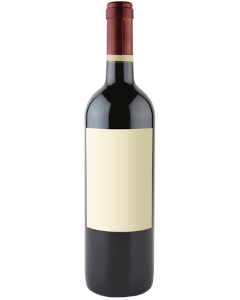Champagner
2008
150 cl
93
Antonio Galloni
Vinous
Roederer's 2008 Brut Rosé captures the energy and tension of the year in its pure, mineral-inflected flavors, bright acidity and bracing minerality. A weightless, gracious wine, the 2008 Brut Rosé isn't an obvious wine, rather it is a Champagne that impresses with its exceptional balance and class. Readers who want to understand what makes 2008 such a compelling vintage in Champagne will want to check out the Brut Rosé. It is fabulous. The 2008 is 70% Pinot from Cumières and 30% Chardonnay from Chouilly, all estate-grown fruit.
93/96
Richard Juhlin
Richard Juhlin
91
David Schildknecht
Robert Parker/Wine Advocate
In tasting Roederer’s 2008 Brut Rose, I am certainly reminded of the belief stated in their press releases that “a great rose Champagne must be made from very ripe grapes,” which, they go on to explain, is the reason why this cuvee is always predominantly informed by the steep, shallow-soiled, south-facing, waterside slopes of Cumieres. Certainly what has been extracted from the two-thirds Pinot here – colored via saignee – is an essence of ripe, juicy fresh red currant and red raspberry laced with lemon and orange rinds and perfectly set off by close to ten grams of residual sugar. A faintly sweaty tang and subtle suffusion of chalk add interest – and slight grain of tannin invigoration – to a lusciously refreshing but still very much fruit-dominated finish. I wouldn’t want to rule out some additional depth of flavor emerging over the next couple of years, but it would be a shame to miss out on this cuvee in its exuberantly fresh-fruited youth. Owners of vast vineyards (totally some 500 acres) that supply the majority of their fruit, Roederer also presides – by design as well as due to that vastness – over a mind-bending number of micro-vinifications, divided entirely between tanks and foudres, supplemented by a concomitantly deep and diverse range of reserve wines. But for all of the variety that these phenomena entail, scarcely any lots undergo malo-lactic transformation.


